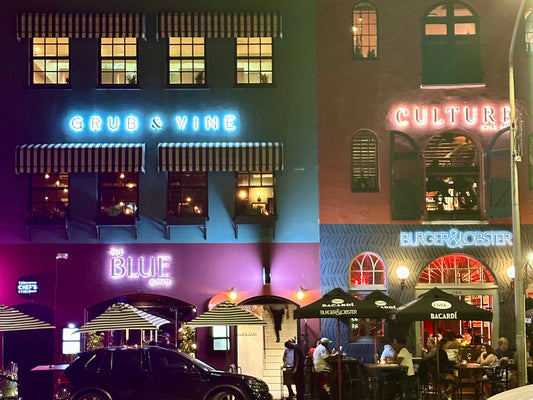| It is doubtful that there has been a greater transformation – in terms of quality, reputation and price – in any wine-producing country in the past three decades than in Cape Chenin Blanc. In 1990 it was the most widely planted grape in South Africa (over 30% of the national vineyard). Used for cheap, nondescript white wine, fizz, brandy, dessert wines, fortifieds and grape juice concentrate, it represented everything that was bad about South African wine from the pre-democracy era.
With the Mandela presidency and the end of isolation the world wanted South African wine, preferably cheap, and definitely red. Since the Cape was planted 65% to white varieties the obvious solution was to grub up the Chenin vineyards and plant ‘safe’ international cultivars like Cabernet, Merlot and Shiraz. It looked as if Chenin – which had reputedly been in South Africa since the earliest days of Dutch settlement – was about to follow Pontac into oblivion.
I launched an initiative to save some of the best of the older vineyards in 1994: the campaign was taken up by the late Harold Eedes, publisher of Wine Magazine, South African Airways (which in those days promoted Cape wine through its on-board selection) and a handful of adventurous young winemakers. Coincidentally, new oak barrels were the height of fashion at the time, ruining the reputation of Chardonnay in the Cape in much the same way as they tainted the variety's prospects in California and Australia. Happily this meant that there were ample supplies of second and third fill barrels available for very little investment. Wine Magazine's ‘Chenin Challenge’ began to attract an increasing number of producers, ready to play with natural ferments, oak, lees and even a little botrytis.
Initially the Chenin Challenge laureates depended on these (mainly barrel-derived) characters – which at least disposed of the idea of a cheap and easy vinification. Bigger, fuller, richer wines appeared a little later, the oak an aromatic textural element in a more marmalade-infused off-dry style. Leesy funkiness soon took centre stage. By then it had become clear to those who were interested that ‘premium’ Chenin didn't taste like co-op wine.
About 10 years into this endeavour winemakers were becoming more adept at managing their tool-kit, but were still largely playing with the fruit at their disposal. What changed this was a new focus on the vast resource of old Chenin vines. For young, landless winemakers seeking to make a name for themselves, access to extraordinary fruit – which until then had been sold to the cooperatives for a pittance – was a game-changer. In 2008 Eben Sadie launched his Mrs Kirsten cuvée with the 2006 vintage at the highest release price ever for a South African white wine, on the way trumpeting the importance of single site old vines. Almost immediately other young rockstar winemakers began a similar quest for special vineyards in unique locations.
Suddenly Chenin found itself centre stage. All the new big names in Cape wine, the Mullineuxs, the Alheits, David & Nadia, Ginny Povall's Mary Delany included at least one in their range. Inspired by the Old Vine Project, launched initially by Rosa Kruger and subsequently funded as a legacy project by Johann Rupert of Richemont fame, their knowledge of, and access to, ancient vineyards progressed.
With this, the number of their cuvées, striking and nuanced, increased. There are now more five star Chenins in the annual Platter guide than for any other variety South African Wine Guide reached its 40th annual edition in 2019>. Mostly they come to market in minuscule quantities, sold entirely on allocation. Their undoubted quality and their genuine rarity have vouched safe the kind of price point which was unimaginable when, just over 25 years ago, a few romantics set out to save the best vineyards from oblivion.
| 


